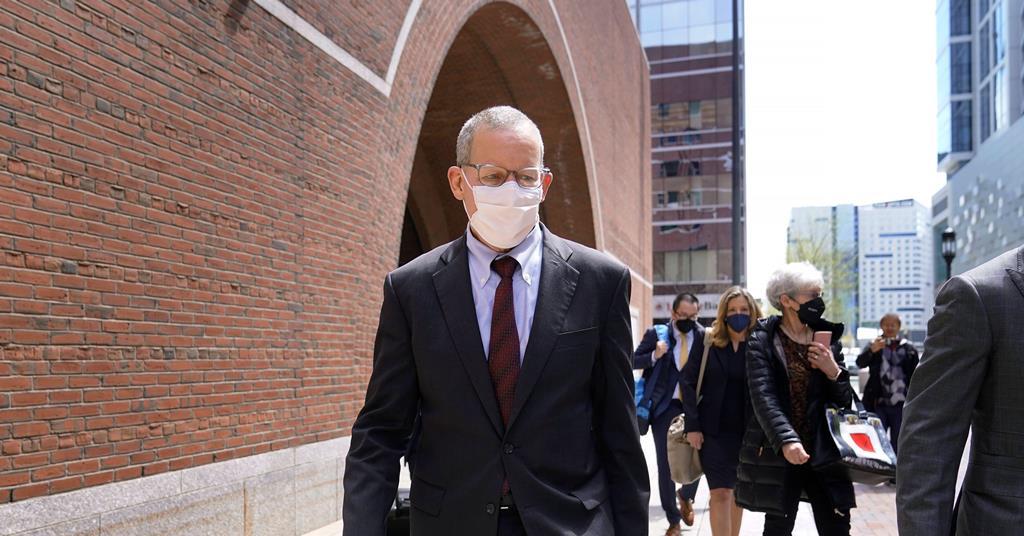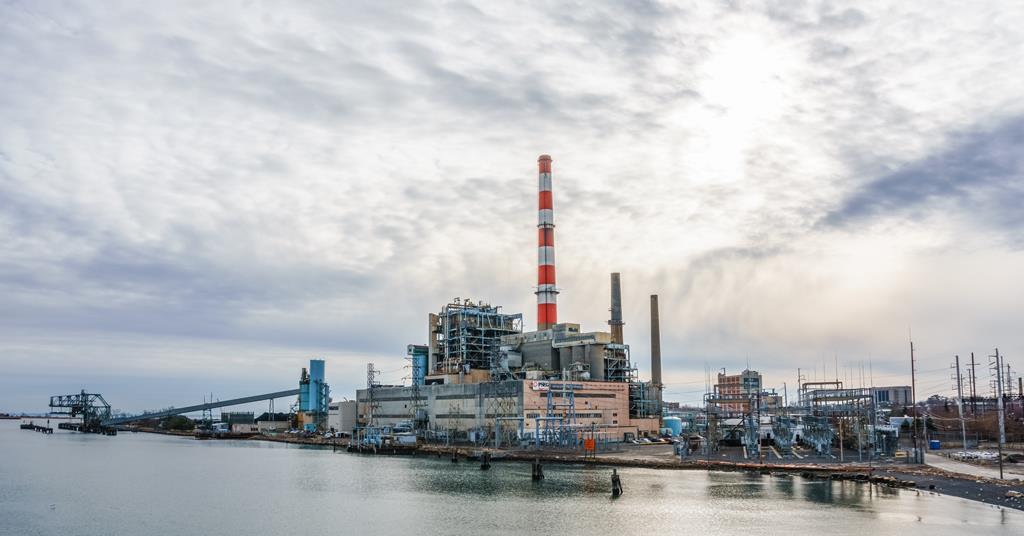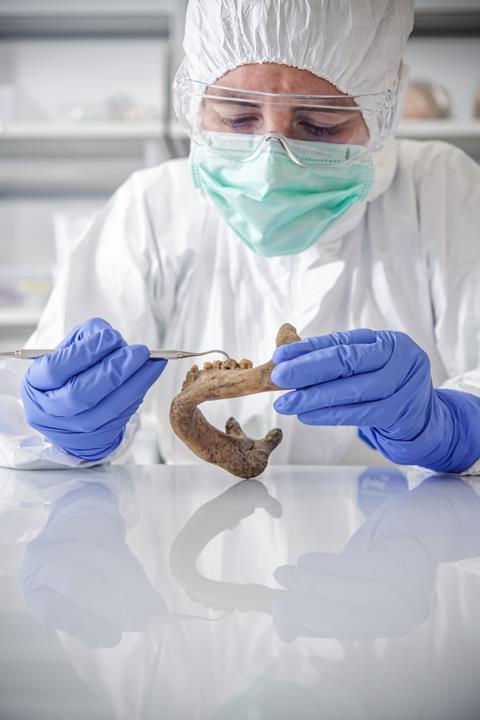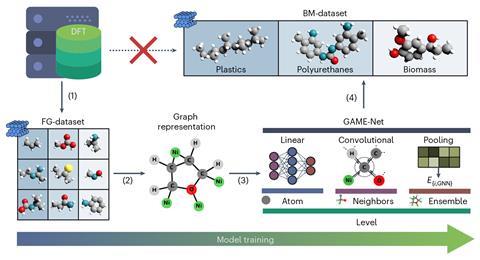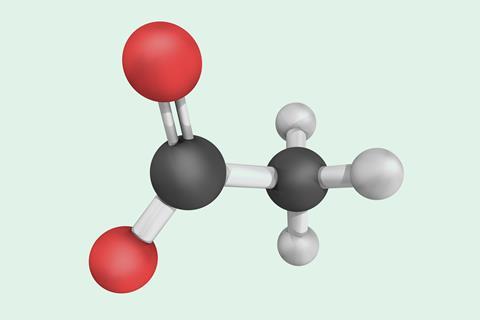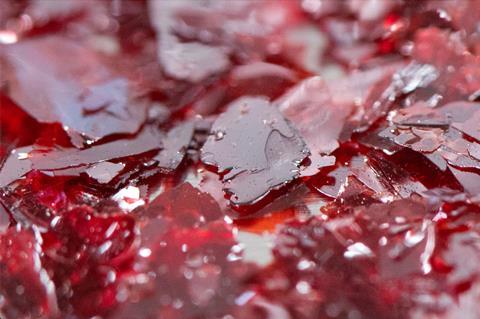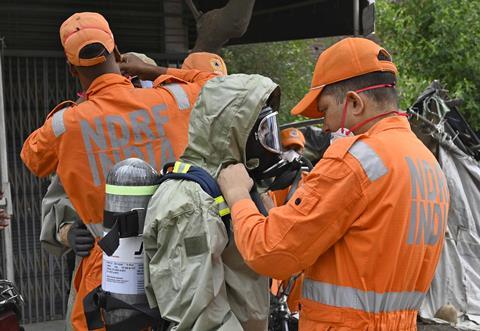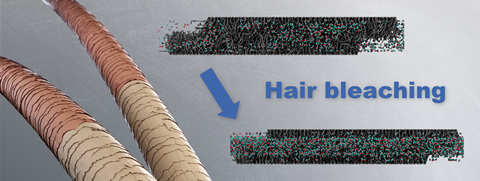The scientific community was shocked when Charles Lieber, who chaired Harvard’s chemistry department and was a faculty member for almost 30 years, was convicted of hiding his links to China in December 2021. More than three years after the nanoscience pioneer’s arrest, he has finally been sentenced and avoided jailtime. With this case closed, researchers […]
Read More